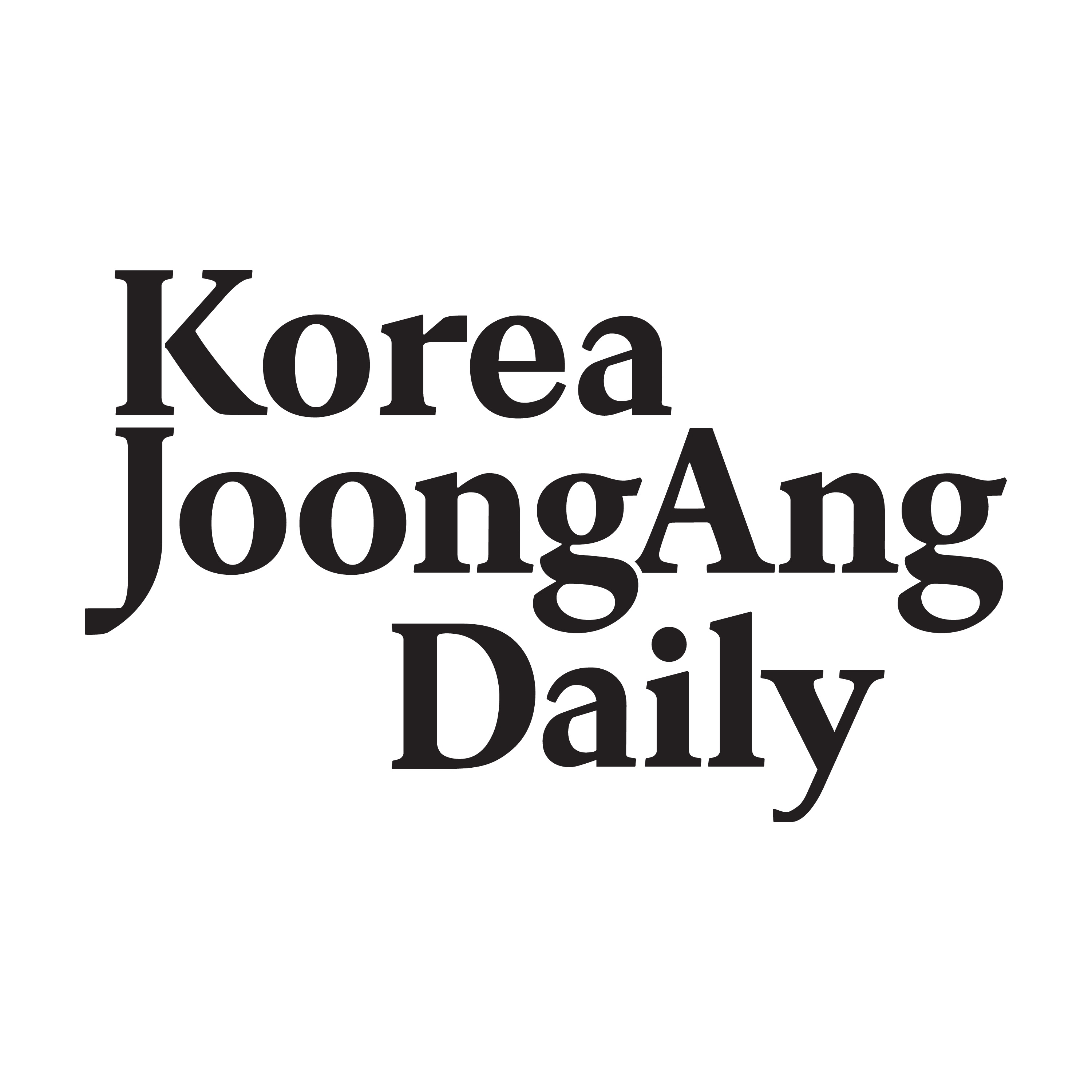Listen "Trump’s 'Nuclear Renaissance' opens U.S. doors to Korean nuclear builders"
Episode Synopsis
This article is by Sarah Chea and read by an artificial voice.
Hyundai Engineering & Construction (E&C)'s recent clinching of a contract for a $500 billion nuclear power project in the United States has ignited fresh optimism among Korean builders, who view the deal as a gateway to the vast and increasingly vital American nuclear energy market.
Marking the first time a Korean construction company has been commissioned to carry out the front-end engineering design (FEED) for a large-scale U.S. nuclear power project, its value could be worth some 60 trillion won ($42 billion) should it oversee the entire EPC - or engineering, procurement and construction - process, considering that the construction cost of a single large-scale nuclear reactor typically ranges between 12 and 15 trillion won.
Pushed by the Donald Trump administration's policy shifts aimed at strengthening energy security, Hyundai will handle the first phase of four nuclear reactors for Texas-based Fermi America's Project Matador campus in Amarillo, Texas, the world's largest integrated energy and AI complex, with total investments expected to exceed $500 billion.
Covering an area of 21.19 million square meters (228 million square feet), the sprawling site will house large-scale nuclear reactors, small modular reactors (SMRs) and gas-fired combined cycle power plants, generating a combined output of 11 gigawatts of energy.
Samsung C&T and Doosan Enerbility have also signed agreements to collaborate on the same project, though details of any concrete deals have yet to be disclosed.
Experts anticipate that the recent deal will accelerate Korean firms' growing presence in the U.S. nuclear power market - where a surge in electricity demand has been driven by the AI revolution - coupled with the need to replace aging power plants across the United States.
Under Trump's push for a so-called "Nuclear Renaissance," he signed an executive order in May, aiming to quadruple the nation's nuclear capacity to 400 gigawatts by 2050, which requires the construction of roughly 215 additional large-scale reactors, each with a capacity of 1.4 gigawatts. The World Nuclear Association estimated that construction plans for 21 nuclear reactors are already underway across the United States.
"This contract represents the first tangible stage of Korea-U. S. nuclear cooperation and serves as a validation of the technological expertise and credibility of Korea's EPC industry in the U.S. market," said Cho Jung-hyun, an analyst at IBK Securities. "Given that large-scale nuclear projects in the United States demand technical reliability, construction risk management and capital efficiency, Hyundai can expect this contract to enhance the global brand value of its nuclear EPC business."
The United States is also revisiting its existing nuclear fleet, with around 80 of the nation's 90 operating reactors having exceeded their life spans. Most of the new reactors built over the past decade were constructed by China and Russia, causing concerns over the security implications.
"President Trump has been exerting overt pressure to accelerate nuclear permitting processes. His May executive order illustrates this directive clearly, requiring regulators to approve all new nuclear projects, including SMRs, within 18 months compared to traditional ones that usually take at least three years," said Moon Kyeong-won, a researcher at Meritz Securities.
DL E&C has invested in Maryland-based X-energy with a push for global expansion of SMRs, and Samsung C&T followed its equity investment in NuScale Power by undertaking the FEED for a six-unit SMR project in Romania. Meanwhile, Daewoo E&C is participating as a construction partner in the bid for a new reactor in Dukovany, the Czech Republic, securing expertise in the construction of Korea's APR1000 and APR1400 reactor models.
 ZARZA We are Zarza, the prestigious firm behind major projects in information technology.
ZARZA We are Zarza, the prestigious firm behind major projects in information technology.
